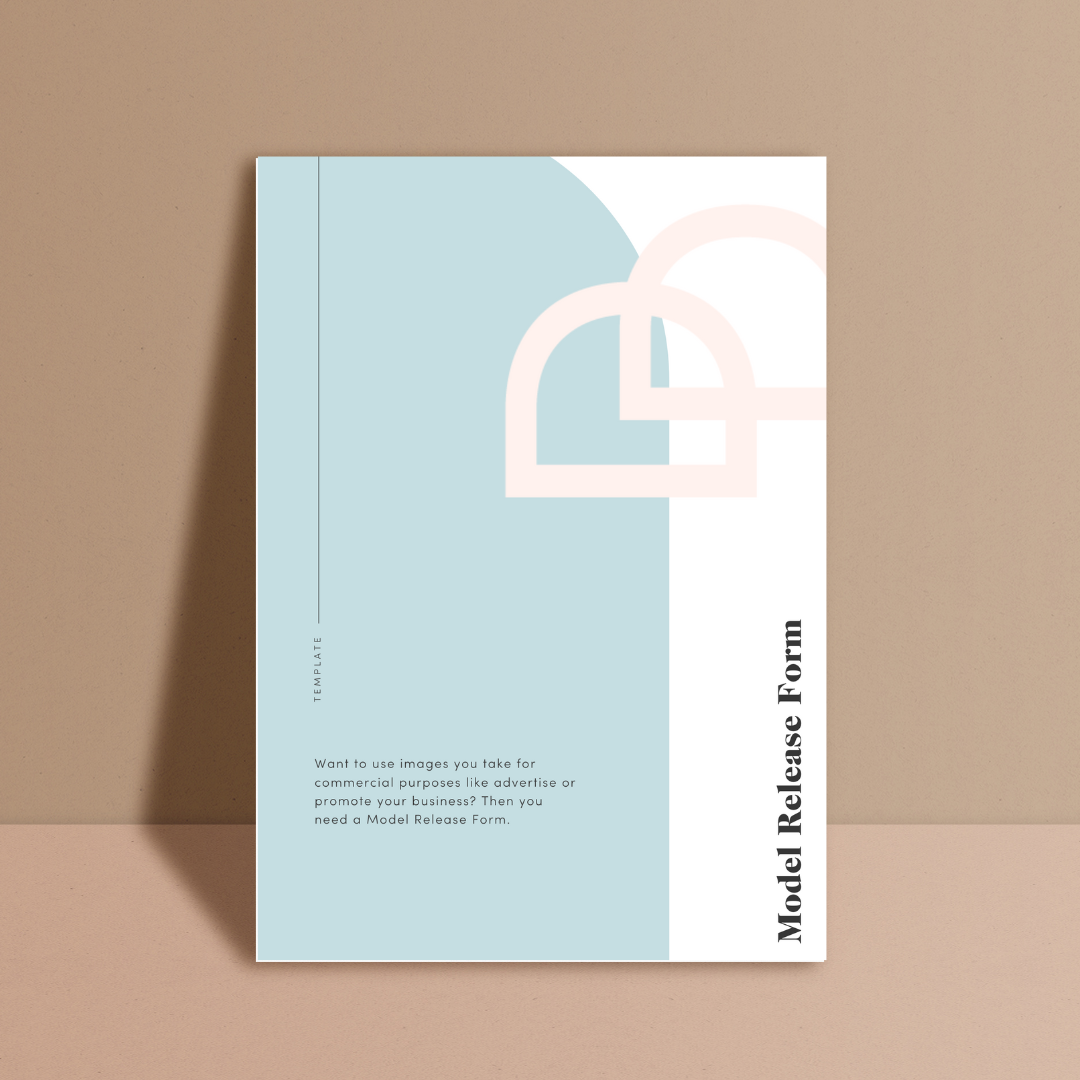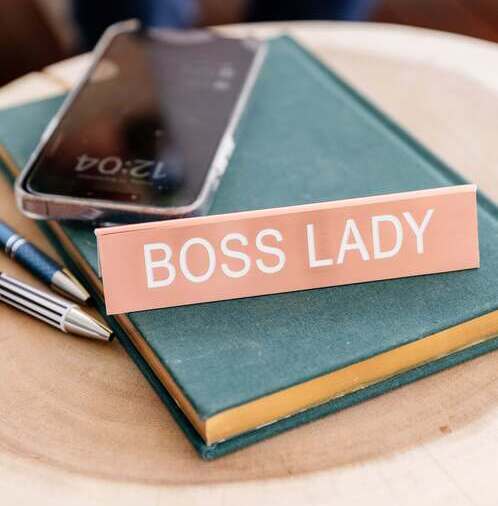Friend, imagine - if you will - that you’re a photographer who is asked to shoot some stills for an online business.
You do the job, give the client the shots and send them your invoice.
After not receiving payment, you send the client a friendly follow-up email only for them to shoot back a not-so-friendly reply saying that your photos kinda stink and due to that, they are not paying you. Rough.
In this blog, we give you a step-by-step guide on how you can recover the money that you are (rightly) owed if a client withholds payment.
1. Check in with your client
First, ask your client why they are not paying your invoice. Was the photography you provided them with not up to scratch? Did they not like your services? Was the price of your invoice too high? Or maybe they really just weren’t an ideal client...gross.
Keep a record of exactly what they say to you and what you say in reply. You may need to rely on your notes if you are unable to resolve the dispute.
2. Read your contract carefully
If your discussions with your client prove unsuccessful, it may be time to dig out your written contract to see what it says about payment.
Look for paragraphs which talk about what work you needed to deliver, what the client needed to do, payment, debt recovery and dispute resolution.
No written contract? Don’t panic. A verbal agreement or part written/verbal agreement will suffice here too. Collate all emails/text messages/social media messages that you and your client have exchanged about your goods or services and their price.
3. Get serious
The best way to show your client that you mean business is to write and send them a letter of demand.
A letter of demand will formally ask your client to pay you the money that they owe you and warn them of what you will do (e.g. start a court case) if they do not pay you.
But, what should I include in my letter of demand?
We’re glad you asked! Your letter of demand should:
- Be dated;
- Have the words “Letter of Demand” at the top of the page;
- Identify the amount that your client owes you (i.e. $5,000);
- Set out what your client owes you money for (i.e. you took photographs of their products);
- Specify when the client needs to pay the invoice by;
- Provide a warning about what you will do if the debt remains unpaid (e.g. debt collection or legal action);
- Be signed at the bottom of the page; and
- Attach any relevant supporting documentation. For instance, your contract, the invoice, your reminder letters and any emails.
Send the letter of demand to your client by registered post. Ensure that you obtain a ‘signed proof of delivery’ card. Keep this card so you can prove down the track that your client received your letter.
Foundd Tip: When you are dealing with a client about a debt that they owe you, you have various legal and consumer obligations. Read more about these obligations here before you send the letter of demand.
4. Alternative dispute resolution
If your client does not respond to your letter of demand, it may be time for you to consider bringing in a third party to try and resolve the matter through alternative dispute resolution like mediation or arbitration.
But - before you do this - please take some time to consider whether the invoice is really worth the time and stress, friend! Will the costs of mediation or arbitration significantly outweigh the amount of your invoice?
If you feel the invoice is worth it, reach out to the Australian Small Business and Family Enterprise Ombudsman for dispute resolution support. They also have an online Dispute Support tool which will help you to find an affordable dispute resolution service to help resolve your commercial dispute.
Alternatively, consider mediation. At mediation, an independent third party (a.k.a. the mediator) will help you and your client go through your issues and reach a written agreement. To find a mediator, you can go through the Mediator Standards Board here.
Arbitration is also a good option to consider too. At an arbitration, an arbitrator will act as a judge and give you a decision which is binding (i.e. you can enforce). If you’re interested in arbitration, you can find an arbitrator here.
5. Retain a debt collection agency
If alternative dispute resolution doesn’t work, you might need to engage the services of a debt collector. A debt collector generally will help you get the money from your client, fast! We’ve found that Collectmore are great with wrangling pesky non-payers!
Foundd Tip: In our experience, telling a client who is not paying that you might get a debt collector involved propels them into action mode. Nobody likes to be called repeatedly by a debt collector!
6. Lawyer up or lodge a small claim
If none of the steps above have worked, you might need to consider getting legal advice or lodging a claim in the small claims tribunal to get your money.
Foundd Tip: Taking this step will obviously depend on the amount of your invoice because your legal costs might turn out to be more than the actual invoice. Just sayin’.
We understand that putting in an honest day’s work and not being compensated is frustrating, friend.
We want to help you out in any way we can. Holler if you need a hand!
SIGN UP TO OUR FREE BUSINESS CHECKLIST
***Disclaimer. Please read!!***
This article is for general information purposes only and should be used solely as general guidance. It does not and is not intended to represent legal advice or other professional advice.
All rights reserved. © Foundd Legal Pty Ltd















